Exposure Therapy: Facing our fears to build stronger communities
We have to face our fear of change, little by little, step by step, if we hope to witness that beautiful view at the top of the mountain.

Exposure therapy is the idea that you can build resilience towards a fear through deliberate, incremental interactions with the source of the fear.
I recently went on a trip to Yellowstone and the Grand Tetons National Park where I spent a significant portion of the trip between eight and 10 thousand feet above sea level, admiring Mother Nature and her wonder while exposed to my own fear of heights. The parks gave me little choice; I had to confront my fear face-to-cliff face.
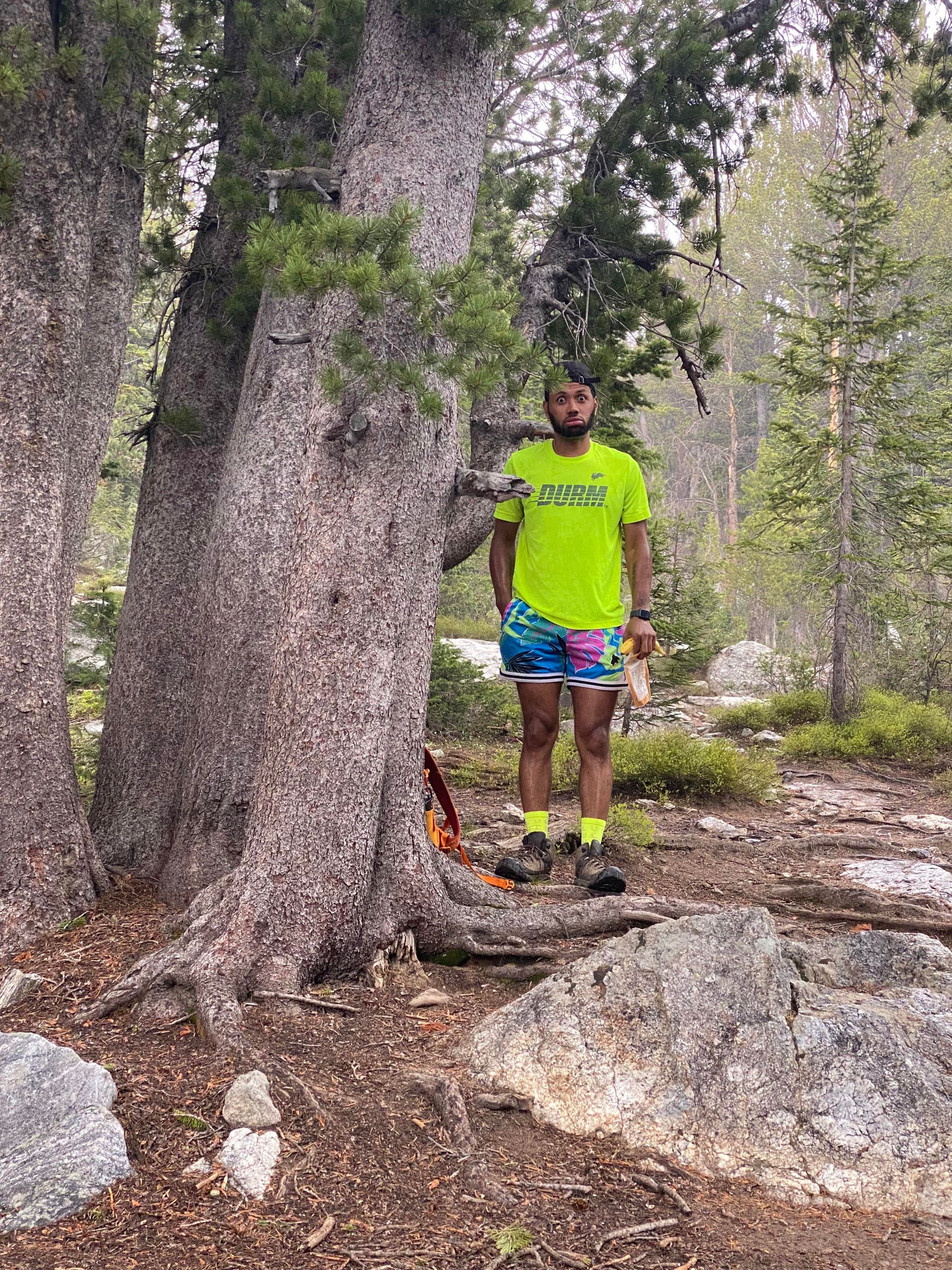
More often than not, the reward was worth the constant simmering anxiety. This was especially true on our hike up the Tetons where a confluence of issues; heat, constipation, hunger, exhaustion, and a fear of heights made the view of Adventure Lake at the summit of the mountain that much sweeter a reward.
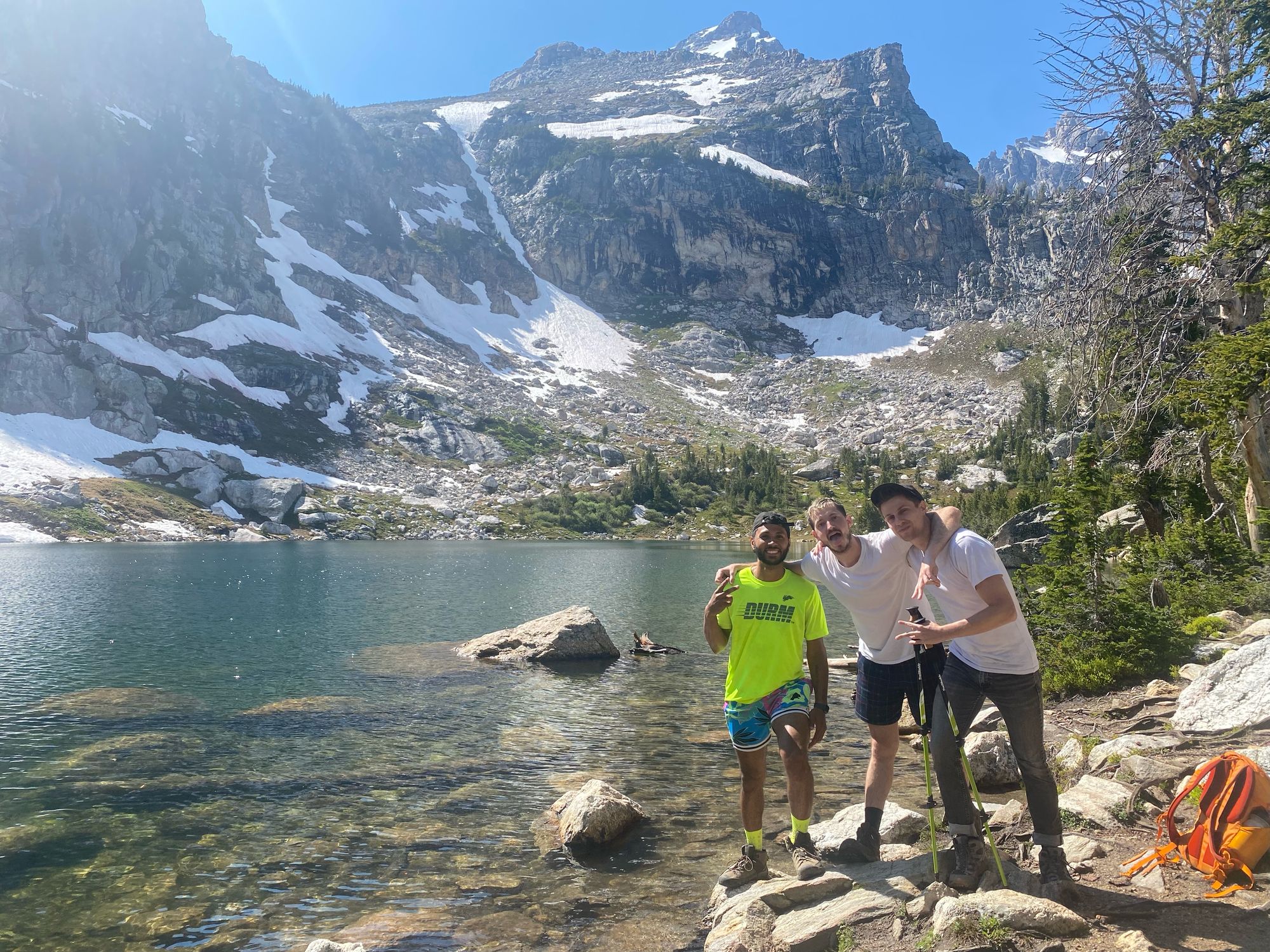
Fear is a natural reaction to unfamiliarity or a lack of control. Our sense of fight or flight is partially responsible for our survival. But one of the other instincts that has helped us evolve as a species is our curiosity. It’s what turns our fear of the unknown into long-term knowledge that we can act on confidently.
In Durham, we’ve been faced with uncertainty for over a decade. Changes to the city’s built environment have been unrelenting. New businesses seem to open weekly, while long-standing institutions haven’t survived due to the pandemic or the increased cost of doing business. All the while, a surge of people have moved to the greater Durham area, causing nervousness around housing affordability, gentrification, and economic stability for current and future residents.
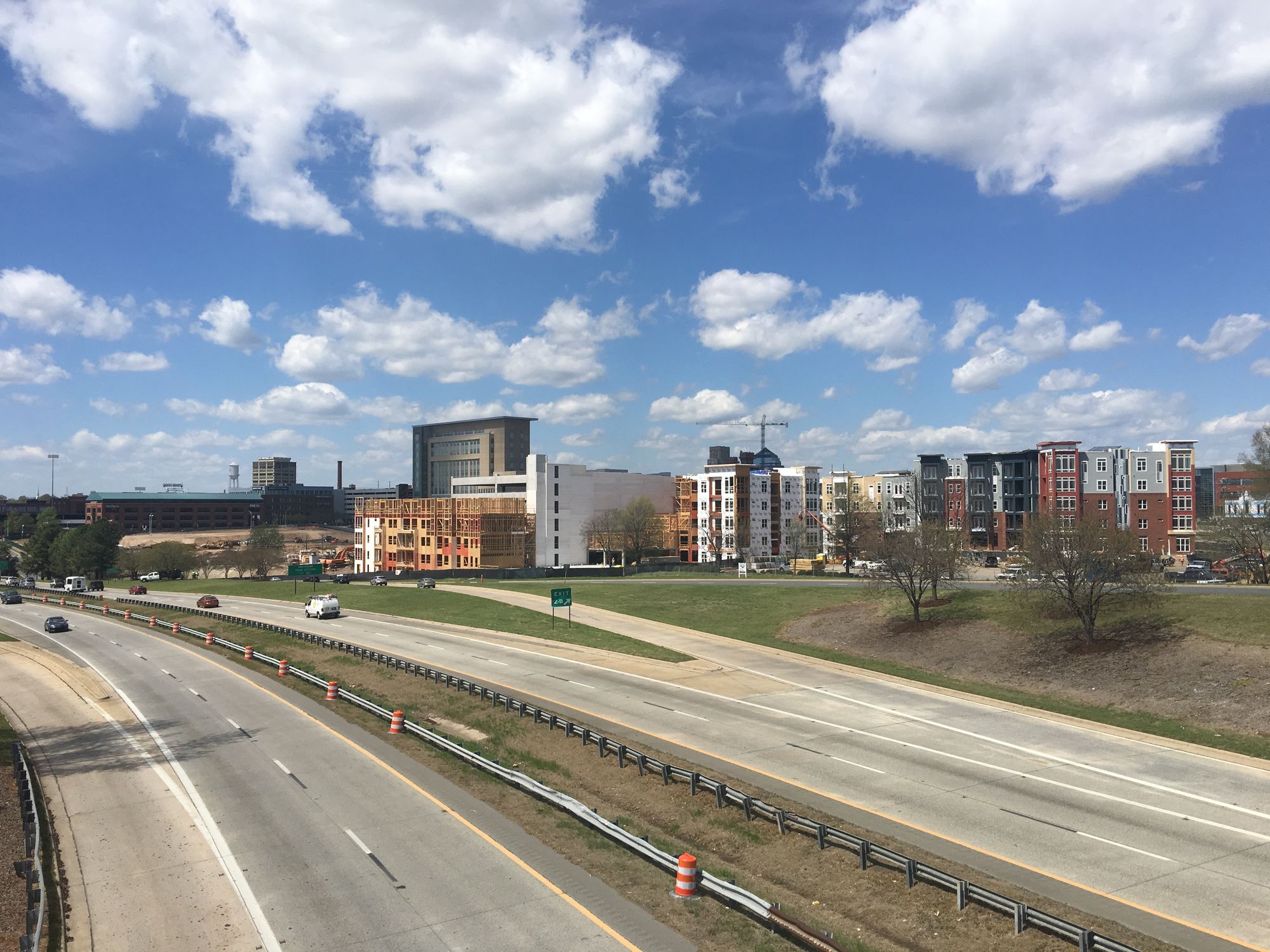
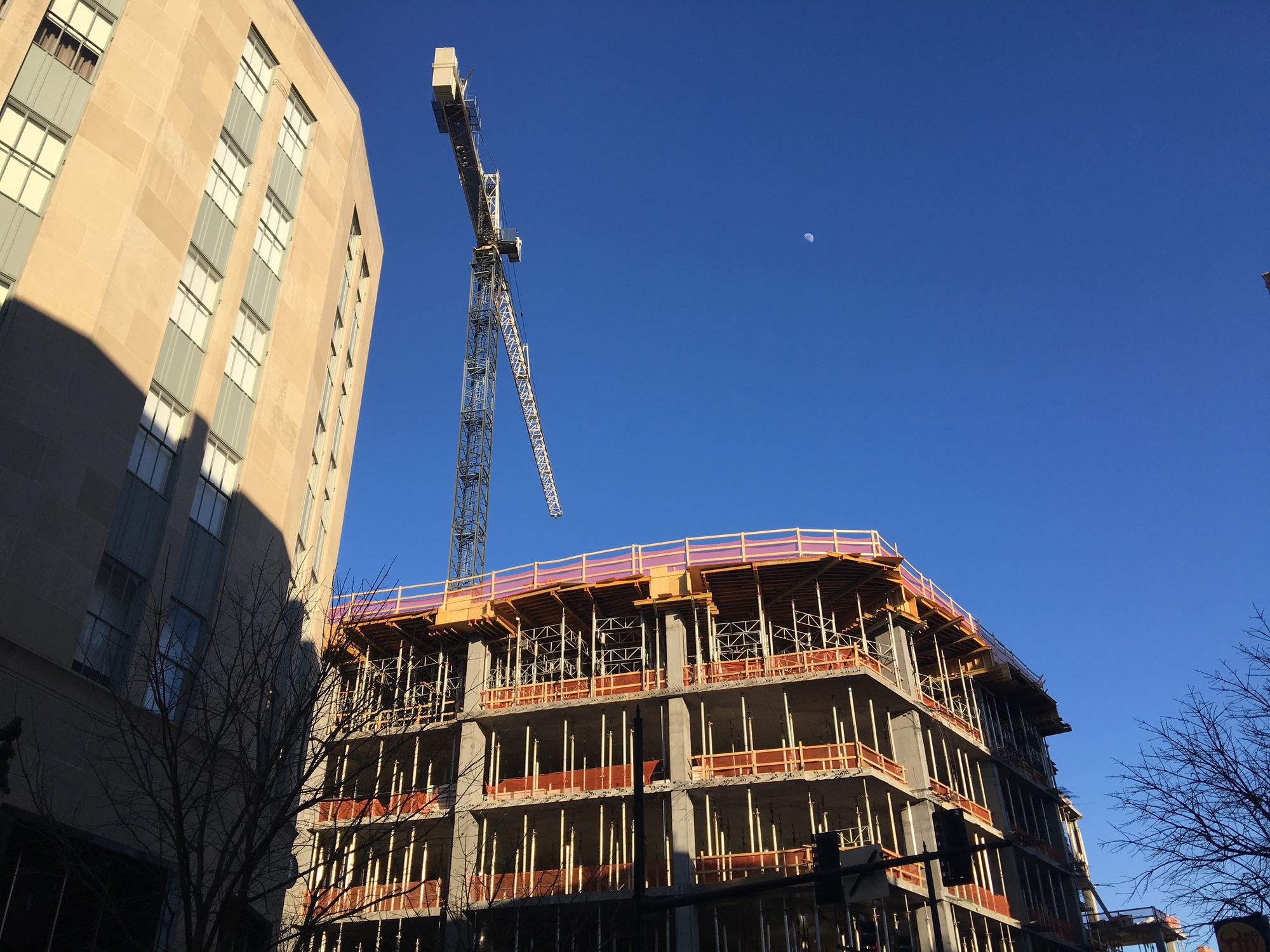
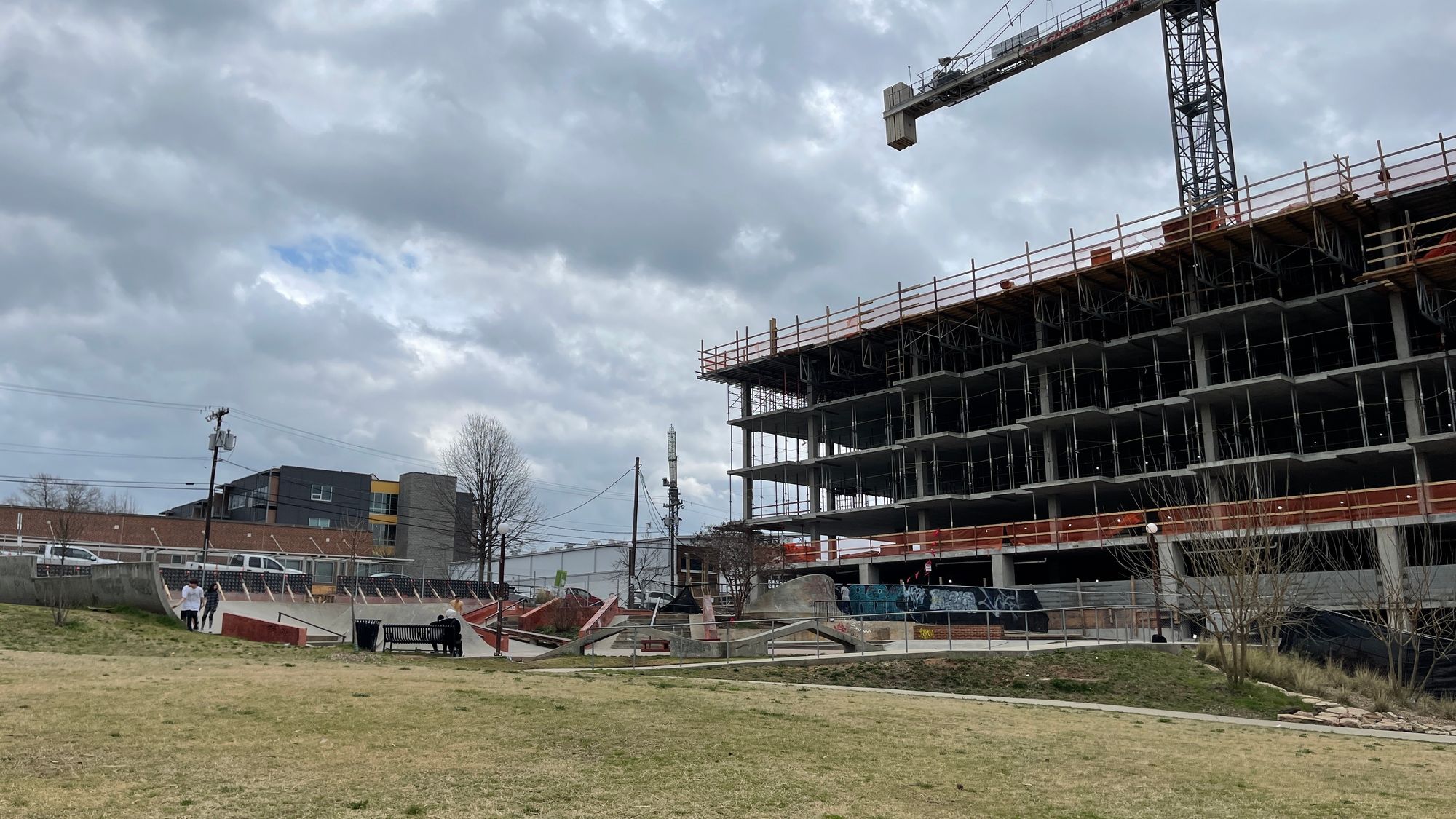

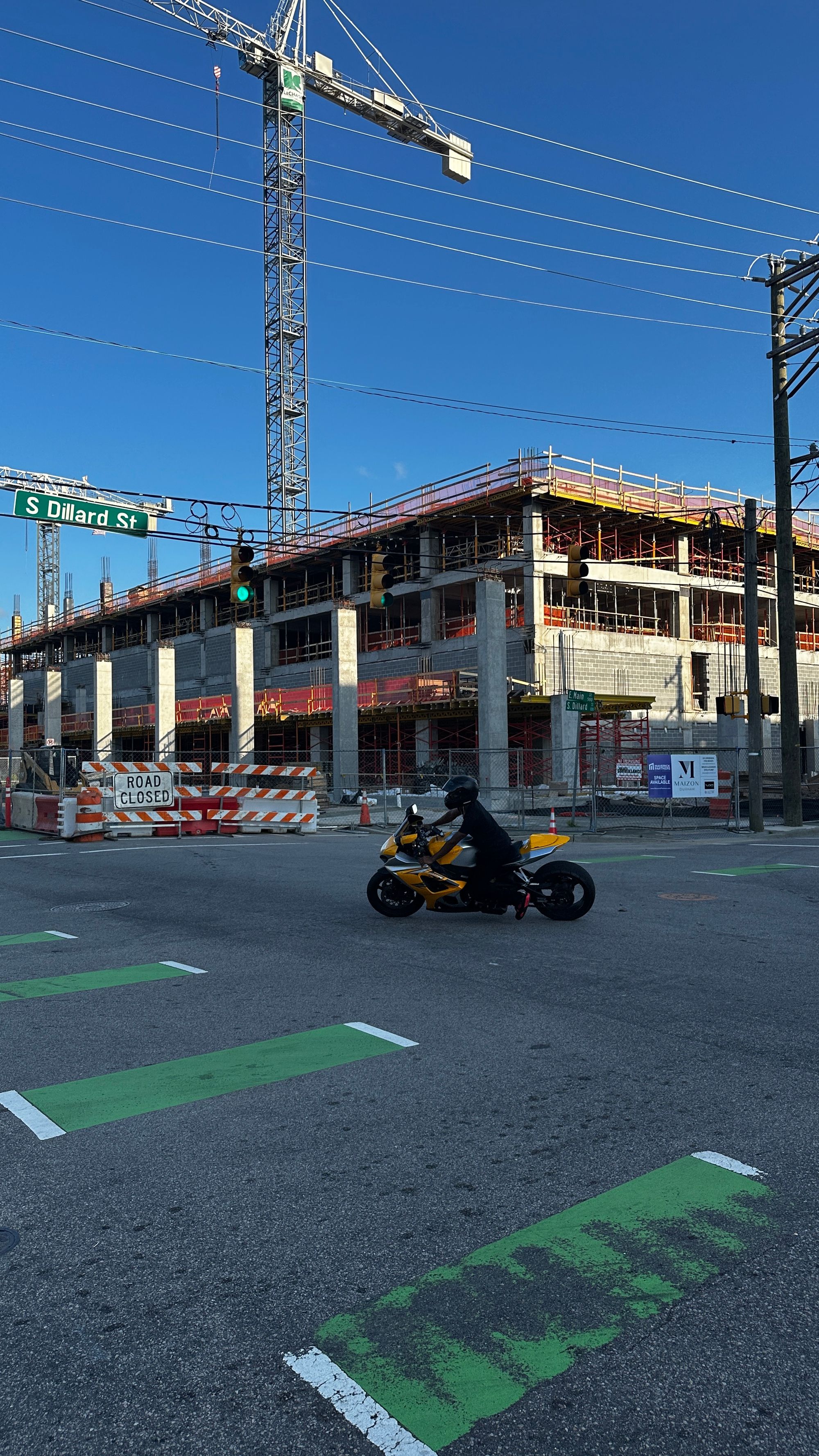
Adapting to this new phase of Durham is going to be challenging. How we operated as a community before 2013 won’t work for our current reality, nor should it. The world is a different place. We have to think differently. How are we going to build for the future? By exposing ourselves to the fears that seem to keep us from reaching our ultimate goals.
Novus, the newest high rise to break ground in downtown Durham, is months away from opening its doors. The uptick in downtown residents, foot traffic and car traffic will cause further chaos in Five Points where a cyclist was hit just last Fall. For years, advocates like myself have requested that the city take a serious look at closing off the inside of “the Loop” to car traffic as density increases.
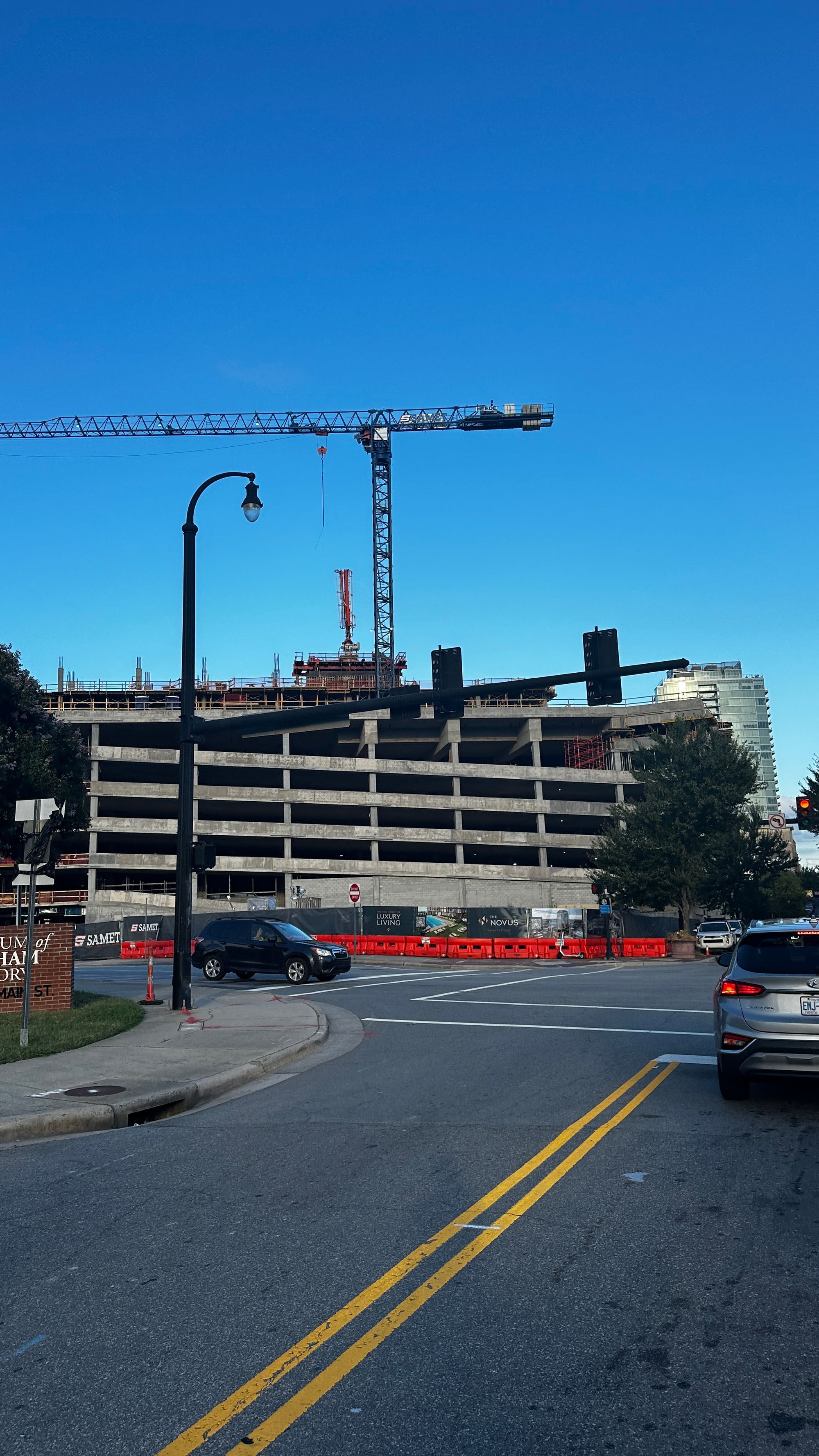
Coming out of the pandemic, Downtown Durham Inc. launched a temporary version of this with an event series called The Streetery. They blocked the streets leading into the city center and allowed restaurants to get creative with outdoor seating space in an effort to attract people back downtown. By all accounts, the event was a success. Citizens were exposed to the fear of not driving through downtown on a Friday night and said, “actually, we’re good.” Enough that DDI brought the series back this summer. So what’s stopping us from making it a permanent feature of downtown Durham?
The great thing about these “scary” ideas is that they aren’t original. Tons of communities across the world, and right next door, have run these experiments and found success. Months before Durham established The Bullpen, a social district that allows patrons to take drinks to-go from participating businesses during certain hours, the city of Raleigh implemented their own version of The Bullpen. Our fear was mitigated by the example we had to follow thanks to our neighbors.
As my Opa once said, “progress is that a city will change.” If Durham is truly the progressive beacon it claims to be, we have to face our fear of change, little by little, step by step, if we hope to witness that beautiful view at the top of the mountain.


